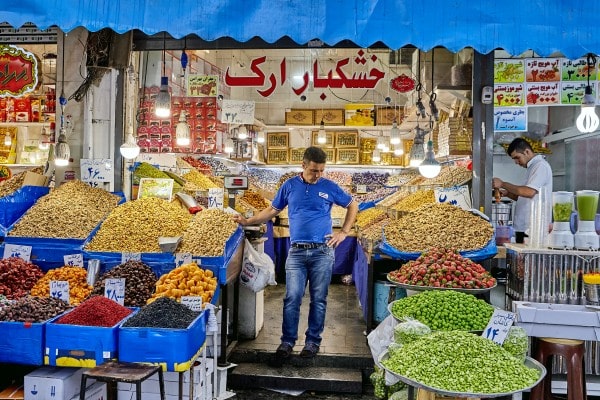
Iranian pistachios: Exports increase in new commercial year
Kerman - The cumulative export of Iranian pistachios from September 2020 to May 2021 compared to the same period last year has increased significantly. The Far East and China remain Iran's most important pistachio export destinations. According to the statistics received from the Customs of Iran's customs, the Iranian pistachio exports from 22 September 2020 to 20 May 2021 (the first 8 months of the commercial year 2020-21) was equal to 162,53 tons, which is compared to the same period last year which was equal to 96,946 tons, has increased by 67.2%. The increase in the price of foreign currencies this year compared to last year is the most important reason for the increase in Iranian pistachio exports. Improving the trade environment with Iran with the coming to power of the new US administration and hopes for lifting sanctions have been other reasons for the increase in Iranian pistachio exports compared to the same period last year.
Among the export destinations of Iranian pistachios during this period, the Far East, with 72,215 tons of pistachios from Iran, has been the most important export destination of Iranian pistachios, which has a share of 44.5% of Iranian pistachio exports. After the Far East, the most important export destination of Iranian pistachios in the first 8 months of this commercial year was the Indian subcontinent with 21,065 tons, followed by the Commonwealth countries with 18,336 tons, EU member countries with 15,044 tons, and Middle Eastern countries with the import of 12,935 tons.
During the mentioned period, 127,821 tons of open-mouth pistachios (equivalent to 78.9% of the total exported pistachios), 17,020 tons of closed-mouth pistachios (equivalent to 10.5% of the total exported pistachios), 14,975 tons of kernels ( Equivalent to 9.2% of total pistachio exports) and 605 tons of green kernels have been exported from Iran.
Warehouse inventory at the end of the eighth month of the commercial year 2020-21 is about 10,600 tons, which is about 5% of the total product available this year, which indicates a shortage of inventory in Iranian warehouses until the beginning of the new commercial year and new harvest. This inventory reduction could lead to an increase in the price of this product in the coming weeks.